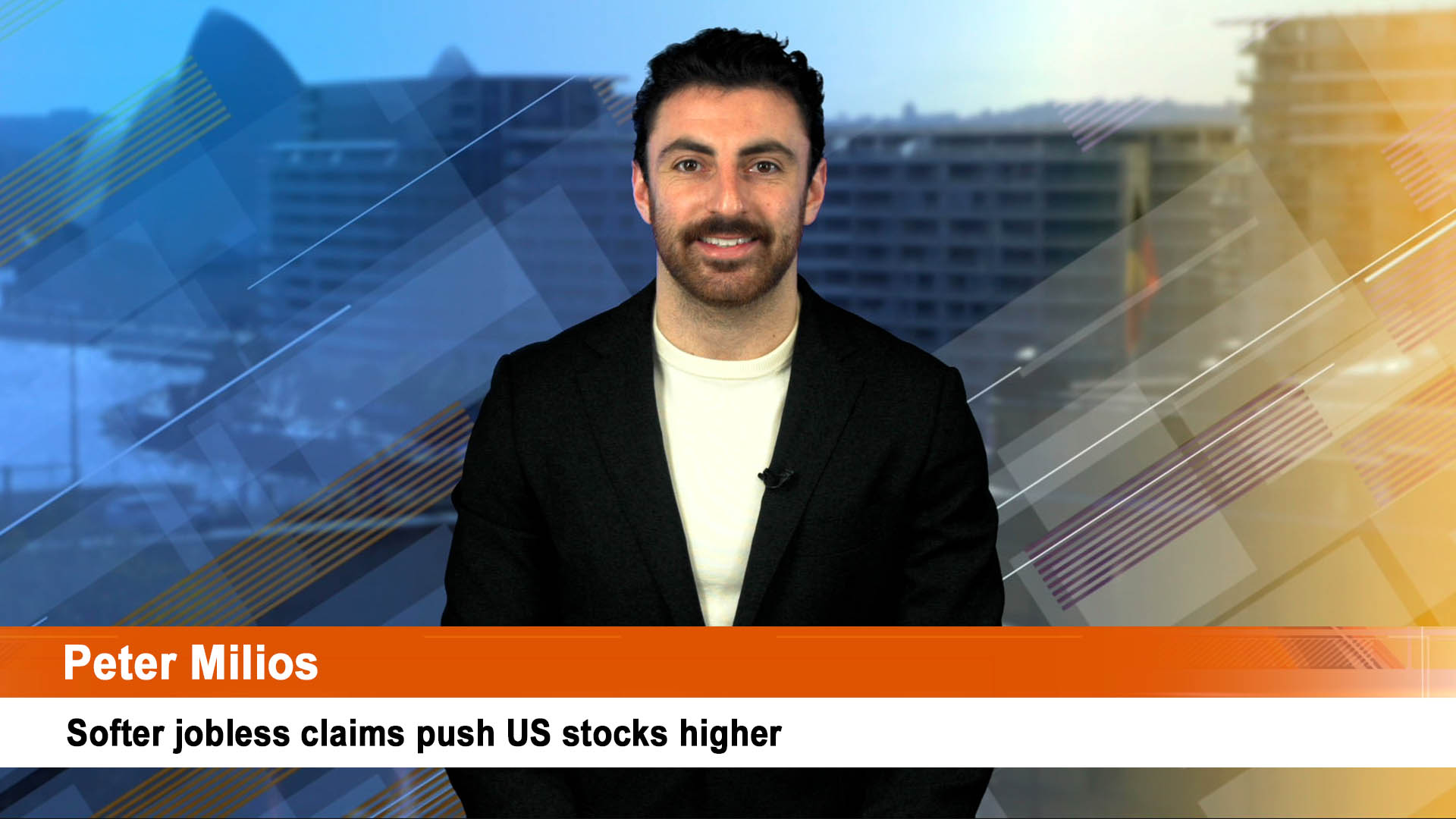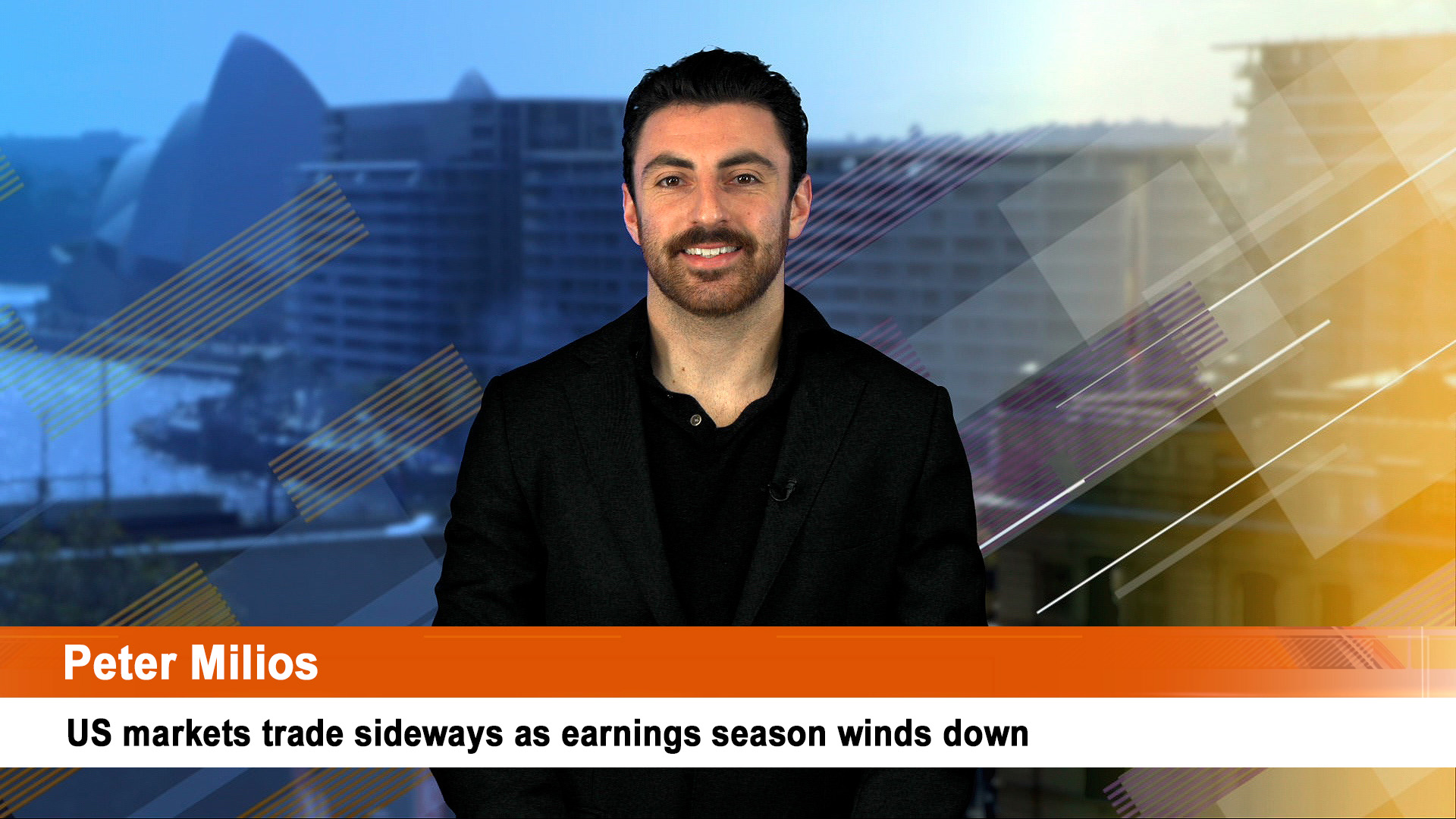Six weeks or so to go to one of the highlights of America’s quarterly reporting season – the release of the latest results and subscriber numbers from streaming giant Netflix.
But next month Netflix is also expected to release further details of the biggest change to streaming video – the introduction of advertising – and confirmation of a new strategy that will turn US media on its head and totally change broadcasting as we have come to know it over the past 70 years.
Netflix’s update comes as the US 2022-23 TV season has started with high figures for the first round of the most-watched programs of all each year – the NFL, now being broadcast on free to air, cable and streams through NBC, CBS, Fox, ESPN (Disney), NFL Network and Prime (Amazon).
That lineup says more about the changing face of US media than anything else at the moment – Netflix’s next announcement will effectively confirm that streaming video is now, for all intents and purchases, another version of free to air and cable tv, and a much more potent competitor.
Netflix’s decision earlier this year to start a tiered streaming line up – divided into an ad-supported, low-cost service and a higher cost, no ads stream (like the current feed) – has changed talk around the future of video – linear, non-linear, free to air, cable, IP, BVOD and anything else – as well as movies and cinemas.
That move has already seen rival streamers like Disney, Peacock and Paramount move down the same route – either overtly or in a wait-and-see mode.
Everyone in media around the world is watching to see the impact advertising has on Netflix subscriber numbers and its revenue/bottom line. Both trends will be slow to emerge and it is safe to see that a firm trend won’t be seen for 9 months to a year.
Complicating matters will be the still forecast US economic slowdown in response to the rate rises from the Fed and high inflation and whether that triggers a wave of cancellations among cable and streaming subscribers.
Someone who has a definite view on what the future looks like for video – especially linear, cable, streaming and movies – is former long-time Disney boss, Bob Iger.
He told a US media conference at the start of this month that he sees a bleak future for movies and linear TV, while streaming will see a shake out and consolidation into probably four giants.
“I don’t think all streamers are created equal,” Iger told the Vox media’s 2022 Code Conference. “I don’t think they’ll all make it.”
“There will be haves and have nots,” predictably choosing Disney+, Netflix, and the “deep pockets” of Apple and Amazon.
“I’m not going to make predictions about the others,” Iger added, leaving the future for services like HBO Max (Warner Discovery), Paramount+ and Peacock (NBC Comcast) hanging out to dry.
He said linear TV (like Free to Air TV and Cable) and satellite are “marching towards a great precipice and it will be pushed off.”
“I can’t tell you when, but it goes away,” In terms of the movies, Iger said that while they were far from dead, now the industry will be just “smaller.”
“I don’t think movies ever return to the level they were at pre-pandemic,” Iger said, adding that the industry was wearing the “permanent scars” suffered since the pandemic erupted in March 2020.
“Competition, choice…it replaces moviegoing,” Iger explained of where he believed consumers are actually at, despite the best hopes and prayers of many studio heads.
Iger was, however, very upbeat on the growing number of streaming services embracing advertising, including Disney+, but predicted that not all of the current market entrants would survive in the long term.
“Advertising will thrive in the streaming world,” Iger told the conference. “I think what Netflix is going to do in advertising, what Disney announced, those are smart moves because it’s going to give consumers choice.”
He added that the success of big streaming shows like “House of the Dragon” and “The Mandalorian” had led him to rethink some of the conventional wisdom he used to believe as true.
“The movie industry used to argue that you couldn’t create cultural impact without people going to the movie theater around the globe that same weekend,” he said. “I don’t agree anymore. I probably made that argument at some point.”
Another notion he was forced to rethink, he admitted, was the prospects for Apple TV+ to succeed as quickly as it has. “I was on the board of Apple when they decided to go into the streaming business of television and movies,” he said. “I thought it would take a long time. They’ve done better than I expected them to do because it wasn’t a business they were in at all.”
Iger said he was still bullish on Disney because the company had leaned hard into streaming and its dependence on the rapidly declining traditional media businesses was buffered by its success with theme parks.
He was less sanguine about the fortunes of other unnamed conglomerates who weren’t as diversified. “If you’re just in the channels business, you have a world of hurt,” said Iger.
…………
And streaming video has forced linear TV networks to start making series or one-off productions available as BVOD streams at the same time as they are broadcast on networks.
The ABC here offers viewers both options – episodic on its main channel or binge the series on iView. SBS does the same and Nine, Seven and Ten do it occasionally.
In the US it is similar, but the most dramatic move as the US starts its 2022-23 TV season is coming from NBC, which is said to be looking at cutting its prime-time by an hour each night to 8-10 pm. It will hand the other hour back to its affiliates to program and sell ad space for.
But the network will cut costs significantly – filling the 7 hours a week will become someone else’s responsibility – the owners of the affiliates (including itself which has broadcast stations in major markets such as New York, Chicago, LA).
From last weekend until late January the cut will effectively be six hours as the NFL broadcast on Sunday nights regularly goes past 10 to 11 pm.
NBC’s owner, Comcast (which has big cable operations to protect as well NBC and the Universal film studio as well as Sky in the UK), is spending heavily trying to get the weakly-performing Peacock streaming into shape to be a lower-ranked rival to Netflix et al.
If NBC cuts the hour, the change won’t appear in the schedules until around this time in 2023.
NBC mainly shows scripted dramas in the 10 to 11 pm slot, as well as the Tonight Show with Jimmy Fallonwhich won’t be cut but could be brought forward to start around 10.30pm instead of 11.30pm or later.
Cutting six to seven hours a week could save a minimum of $US5 to $US6 million a week, and over a year more than $US200 million which Comcast would grab with joy.
There has also been talk in the US of NBC streaming some of its existing programs a little after they air on the free to air channel or even sending scripted series straight to streaming.
With all the emphasis on streaming, linear TV networks’ future may just reside themselves to being a pure promotion vehicle for scripted or unscripted TV shows that will appear on their streaming services. News and/sports live content will continue to take up more key time periods.
If that’s their future then Bob Iger’s gloomy opinion of the survival of linear TV networks will be justified.
…………
And to underline Iger’s point about movies, Cineworld Group – the world’s second-largest cinema chain – went bust at roughly the same time, after weeks spent trying to find ways to survive.
British-owned Cineworld, headquartered in London, operates Regal Cinemas through the Regal Entertainment Group in America with more than 500 sites and 6,800 screens.
Along with four other chains in nine other markets, the company has more than 750 sites and 9,000-plus screens, according to its website. Globally, Cineworld ranks second in size only to AMC Theatres.
In last week’s announcement, Cineworld said that the filing has secured $US1.94 billion in debtor-in-possession financing to enable it to continue operations while it restructures, with the goal of significantly reducing debt. It expects to emerge from Chapter 11 in early 2023.
The company went bust because, despite some recent blockbusters such as “Top Gun: Maverick” and “Jurassic World Dominion,” there just hasn’t been enough movies to keep screens open and seats filled.
Some cinema chains have actually been talking to the likes of Netflix, Apple and Amazon about selling the screening rights for lower-ranked movies to be shown in cinemas large and small to try and keep seats filled and concession stands selling their high-priced and profitable products.
Despite the gradual recovery of demand since re-opening in April 2021, “recent admission levels have been below expectations,” the company said in August — adding that it expects moviegoing to continue to lag pre-pandemic levels heading into the end of this year.
For 2021, Cineworld reported $US1.8 billion in revenue had $US8.9 billion in debt, and a loss of $565.8 million. The company’s shares lost nearly 86% of their value since the start of 2022 and up until the Chapter 11 move last week.
So far this year, about one third fewer wide-release movies have made it to cinemas compared with the years before the pandemic, meanwhile one of the summer’s most-watched movies, the Ryan Gosling-Chris Evans action thriller ‘The Gray Man,’ played on Netflix.













